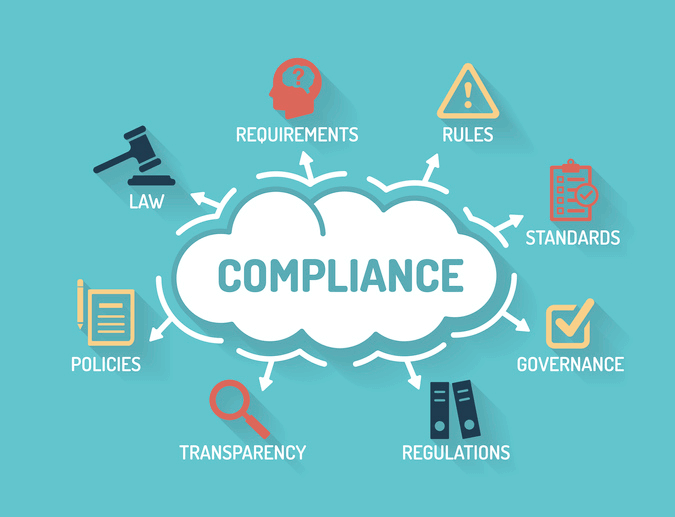When looking to replace manual processes with an eQMS Software solution, Quality Departments ask one fundamental question: “Do I want to change my standard operating procedures (SOPs) to fit the software application or do I want to modify the software to meet our unique SOP’s?”
Most QMS software providers offer a standard out-of-the-box (OOTB) solution for Quality Departments. These OOTB solutions typically meet most regulatory requirements, however, many organizations have established SOPs that require changes in order to fit how the software is designed.
One option for a company is to revise their SOPs to meet the quality processes existing in the quality management software product. With this option, there can be some resistance as users are accustomed to the processes they have today. Most companies establish unique SOPs because their organization require unique processes to achieve operational excellence and customer success. If this is the case, then organizations will need to engage the software providers Professional Services team to make the necessary software development changes to meet their SOPs. Such software development costs can be expensive and time consuming, and should be explored and fully understood prior to making a purchase.
The other option is to choose an eQMS software solution that allows a company to simply modify the software to meet their existing and changing SOP’s. These software products are typically built on a no-code platform, enabling users to modify the software without any development effort or fees. Instead of software programmers, these organizations can utilize business analysts to modify applications with drag and drop technology, adjust workflows, and build custom reports (or build new apps and workflows) that will fit the needs of the company. This only requires the time of the analysts to make the changes and there are no additional professional services fees.
Another benefit of drag and drop eQMS platforms is the ability to change workflows over time as the business needs change or regulations change. The Total Cost of Ownership (TCO) drops dramatically when a company can simply change the software to meet the organization’s ongoing process changes. The alternative to this is to engage the Professional Services team to make changes every time an internal process is modified. This can be prohibitively expensive and dramatically increase the TCO of the eQMS package.
As you evaluate an eQMS solution, look at your processes not only as they exist today but also as they might change in the future. If you are concerned about TCO and want a software package that will meet the unique needs of your company today and tomorrow, look to a solution that offers hyper-adaptive configurability so you can manage your ongoing costs of the software.




